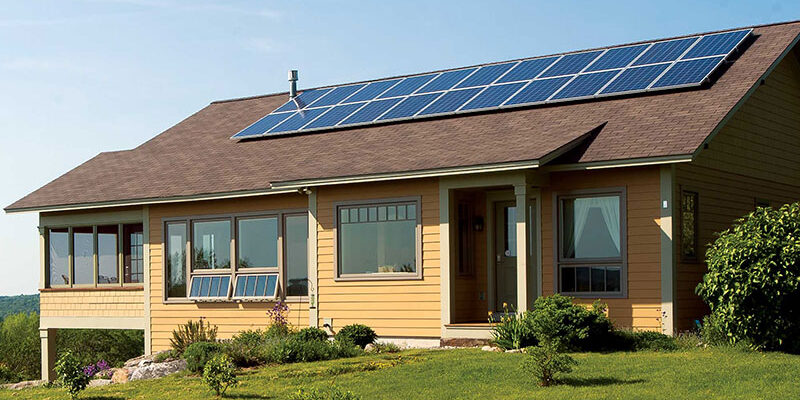Curious about charging your electric vehicle with solar energy? At Magic Sun Solar, we help California homeowners harness the sun to power their EVs—cutting costs, reducing emissions, and gaining energy independence. Explore the benefits, incentives, and solutions that make solar-powered EV charging a smart choice for a sustainable future.





